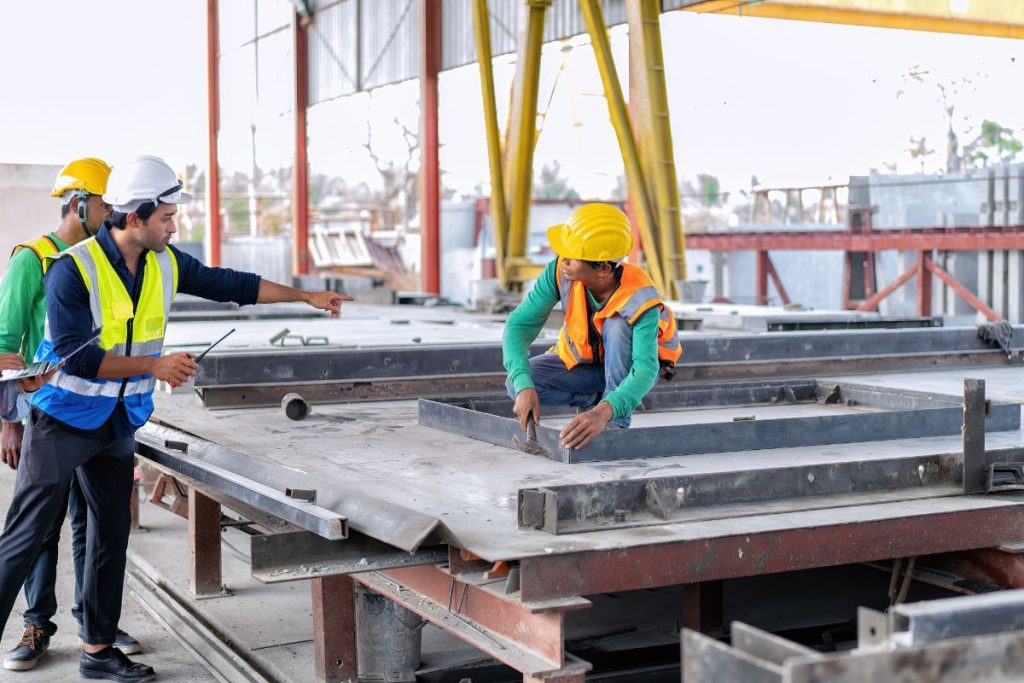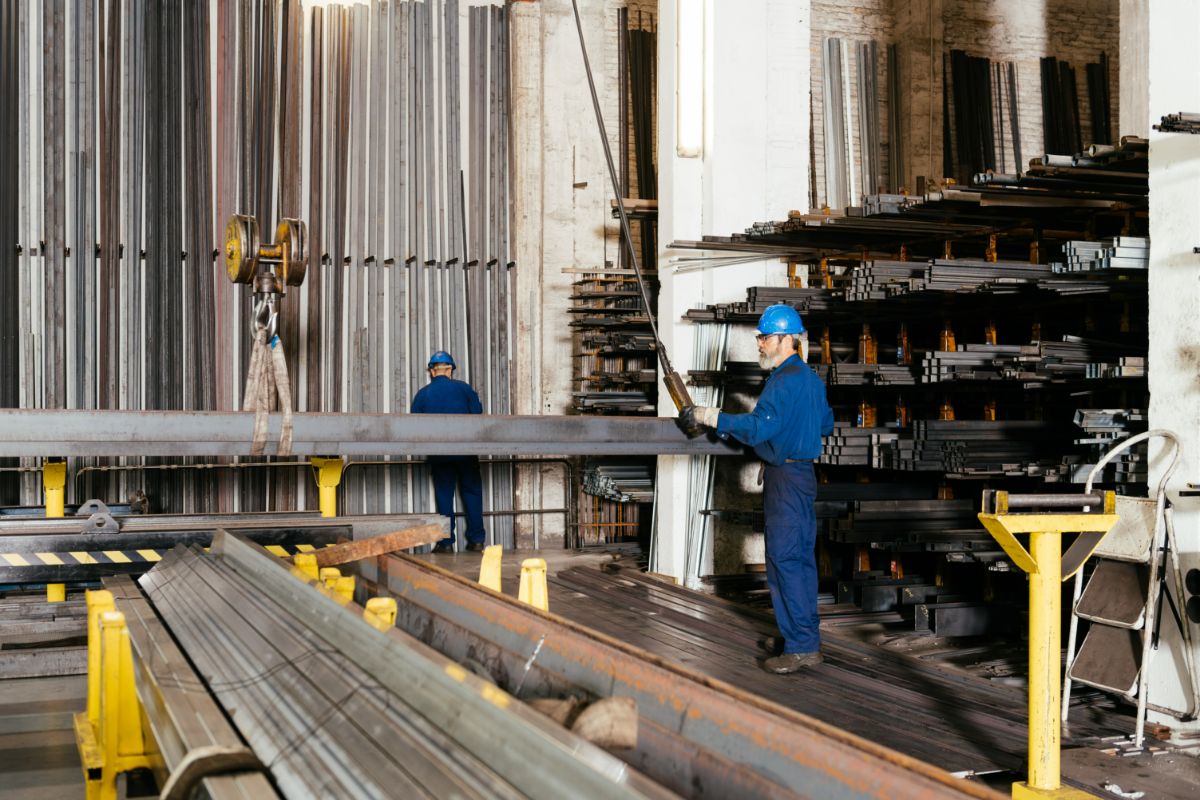What is the Price Of Construction Steel in the Philippines?

What factors drive construction steel prices in the Philippines?
- Supply and demand
- Energy prices
- Raw materials
- Natural disasters
- Steel production capacity
- Global economy
- Government regulations
Overview
- Construction steel plays a crucial role in infrastructure projects across the Philippines, with its pricing influenced by a range of factors.
- Its pricing is driven by supply and demand dynamics, economic fluctuations, natural disasters, costs of materials and energy, production capacities, and governmental regulations.
- A thorough understanding of these elements is key to effectively managing projects and selecting the appropriate steel supplier.
Construction steel is widely appreciated for its strength and durability, making it indispensable in construction projects. These include skyscrapers, bridges, homes, and parking structures. Its capacity to endure extreme weather conditions and temperatures further emphasizes its suitability for numerous applications. However, their price is subject to notable fluctuations due to different factors.
This article highlights the factors affecting the construction steel prices in the Philippines. Understanding these is critical for efficient project management.
Supply and Demand

Steel is governed by supply and demand. When the demand increases, their prices typically rise. On the other hand, their costs tend to fall when the demand lessens. That’s why manufacturers adjust their production levels accordingly, increasing output when demand is high, and scaling back production when it wanes to prevent excess supply.
According to the report by the World Steel Association, there’s a steady increase in global steel demand. It is expected to grow by 1.7%, reaching 1.793 billion tonnes in 2024. It is followed by an additional increase of 1.2%, culminating in 1.815 billion tonnes by 2025. This trend shows a positive trajectory for the steel industry, suggesting robust global economic activity and expanding infrastructure projects.
Energy Prices
Energy prices determine the price of construction steel. This relationship stems from the energy-intensive nature of steel production and the cost structures associated with it.
For instance, the Philippines heavily relies on both domestic production and imports to meet its construction steel needs. Oil prices, in particular, directly impact transportation costs.
Whether it’s the cost of shipping raw materials to steel mills or transporting finished steel products to distributors and construction sites, higher fuel costs can inflate its overall price.
Raw Materials
Steel production depends on iron ore, coal, limestone, and recycled steel. That’s why the steel’s price is driven by these materials.
Iron ore is the primary material in producing steel. It provides the necessary iron content that, through various processes of heating and refining, becomes steel. Coal, on the other hand, serves as a fuel for the high-temperature furnaces used in steel mills.
Natural Disasters
Natural disasters, including hurricanes and earthquakes, can disrupt the steel industry by affecting supply chains and damaging production facilities. This disruption often results in steel shortages, which can subsequently increase prices. Furthermore, when these disasters cause physical damage to manufacturing plants, the reduced supply can lead to further cost increases.
The Great East Japan earthquake and tsunami disrupted Japan’s steel industry in 2011. It caused extensive damage and rolling blackouts, impacting supply chains and forcing many steel mills to temporarily shut down. This had a knock-on effect on both upstream suppliers and downstream customers globally.
Steel Production Capacity

When steel production facilities operate at full capacity, they are maximizing their output, churning out as much steel as their resources, technology, and logistics allow. This heightened level of production increases the overall supply of steel in the market.
This could lead to a surplus of steel if demand doesn’t keep pace with the increase in supply. This can cause prices to drop as sellers compete to find buyers for their excess steel.
For consumers and industries that rely on steel, this situation can lead to lower costs. However, for producers, a persistent surplus and low price could squeeze profit margins, potentially making some operations unsustainable in the long term.
Global Economy
The steel industry is global, and economic conditions in one region can affect steel demand and prices worldwide. Economic growth in one part of the world can offset slowdowns elsewhere, mitigating the impact on steel demand and prices.
Sectors like construction, automotive, and infrastructure ramp up activity, boosting steel demand and pushing prices higher. Conversely, during economic recessions, reduced investment in new projects and manufacturing leads to decreased steel demand, causing prices to fall.
Government Regulations
Governments use tariffs, duties, and quotas to regulate market competition and protect domestic industries, making foreign steel either more expensive or cheaper depending on the policy.
Such policies are strategic tools used by governments to support domestic production or to leverage global trade advantages. Decisions on tariffs and trade agreements are often part of larger economic strategies that directly affect the steel industry’s competitive landscape and pricing.
Key Takeaway
Various elements affect construction steel prices in the Philippines. Gaining insight into these factors enables companies to strategically time their purchases and determine optimal quantities, which can lead to more favorable pricing and consistent supply.
Metal Exponents Inc., a trusted supplier of imported steel products in the Philippines, offers a comprehensive range of high-quality construction steel products. Whether you need steel plates, channels, or corrugated roofing sheets, we ensure a consistent supply of premium steel suitable for various projects. Contact us today to discuss your specific project needs.


